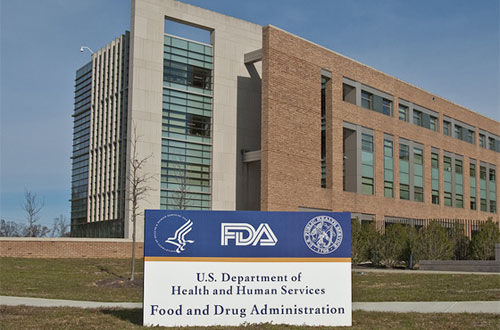
The FDA has finally published its guidance on the naming of biosimilar drugs, removing what has been seen as a brake on the entry of these drugs onto the US market.
The companies selling original brands of biologic drugs have long argued that – unlike small-molecule generics – biosimilars should not simply be able to use the same international non-proprietary name (INN) because while they are interchangeable they are not identical to the reference products they copy.
It has been suggested for example that using the same name could make it harder to identify product-specific side effects that may occur from a manufacturing process problem or inadvertent substitution of biological products that are not determined to be interchangeable by the FDA.
Now, the FDA guidance proposes a solution that has previously been developed by the World Health Organization (WHO), which oversees the INN system. The reference drug and biosimilar will share a core drug substance name but will be distinguishable from each other through the use of an FDA-designated suffix that is unique to each product.
The four letter suffix could either be random or derived from the name of the license holder, as was the case with Sandoz’ Zarxio (filgrastim-sndz), the first biosimilar to be approved by the FDA earlier this year which is interchangeable with Amgen’s white cell stimulator Neupogen (filgrastim).
The FDA insists the suffix would not have to be retrospectively added to existing product inventories, which would represent a significant re-labelling exercise. The naming convention is further detailed in a proposed rule – published by the FDA alongside its guidance – that covers six already-approved biologics including Neupogen and Zarxio.
In Europe, biosimilars have been approved using the same INN as the reference biologic, although debates continue over whether this is advisable, with some arguing that different names could also compromise patient safety by causing confusion that could lead to prescribing errors.
The proposals come more than a year after lawmakers petitioned the FDA to publish biosimilar naming guidance ‘without delay’, arguing that the matter needed to be resolved quickly in order to allow more biosimilars to reach the market and help trim healthcare spending.
The publication of the guidance and rule kicks off comment periods that are due to conclude on October 27 and November 12, respectively.
In the meantime, legal wrangling over the launch of biosimilars continues apace, with Amgen saying this week it is trying to get an injunction on the launch of Zarxio while judges consider a rehearing of an earlier suit.
A spokesman for Novartis told the Wall Street Journal it is aware of the legal request but is looking forward “to launching Zarxio in the US after September 2.”
Ratings agency Fitch said this week that the development of the biosimilar market in the US remains uncertain thanks to “patent and naming disputes, as well as pricing, physician and patient acceptance and actual clinical effectiveness and other issues.”
“We believe clearer guidance, likely to come from court decisions on existing disputes, will speed the process,” it said, adding that: “assigning a non-proprietary name to a biosimilar that is identical to that of the reference product would likely simplify matters.”
It notes the European market for biosimilars is far more developed than the US market so some insights into pricing and market share may be gleaned from it. However, the actual success of biosimilars in the US will “hinge on their ease of substitution and real world clinical experience,” it concludes.




